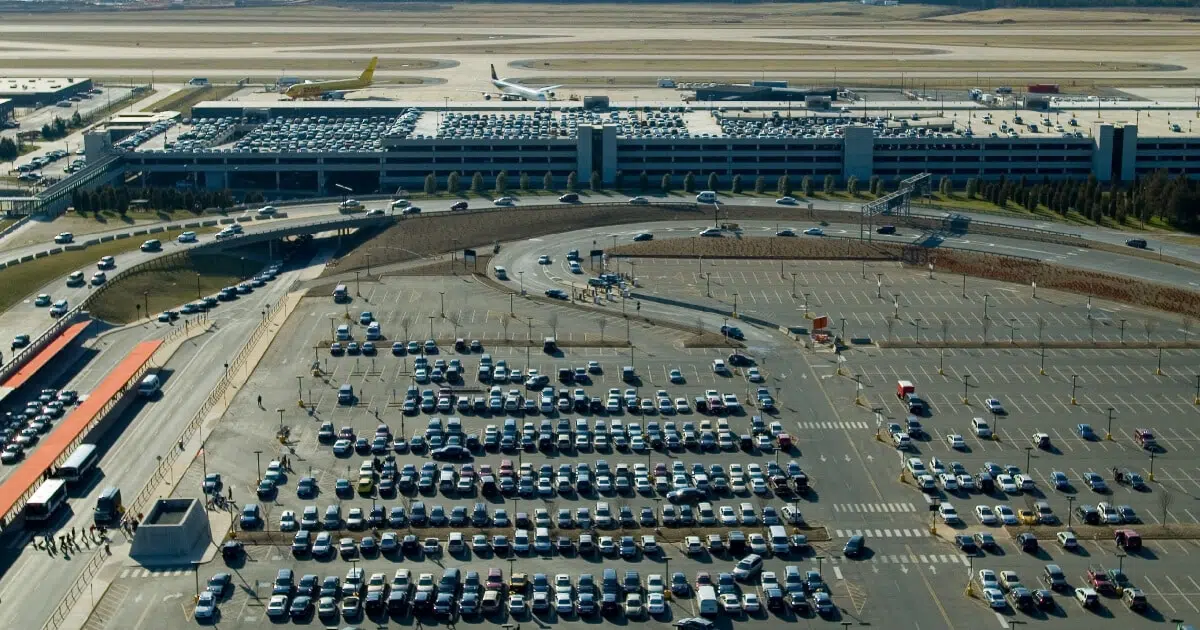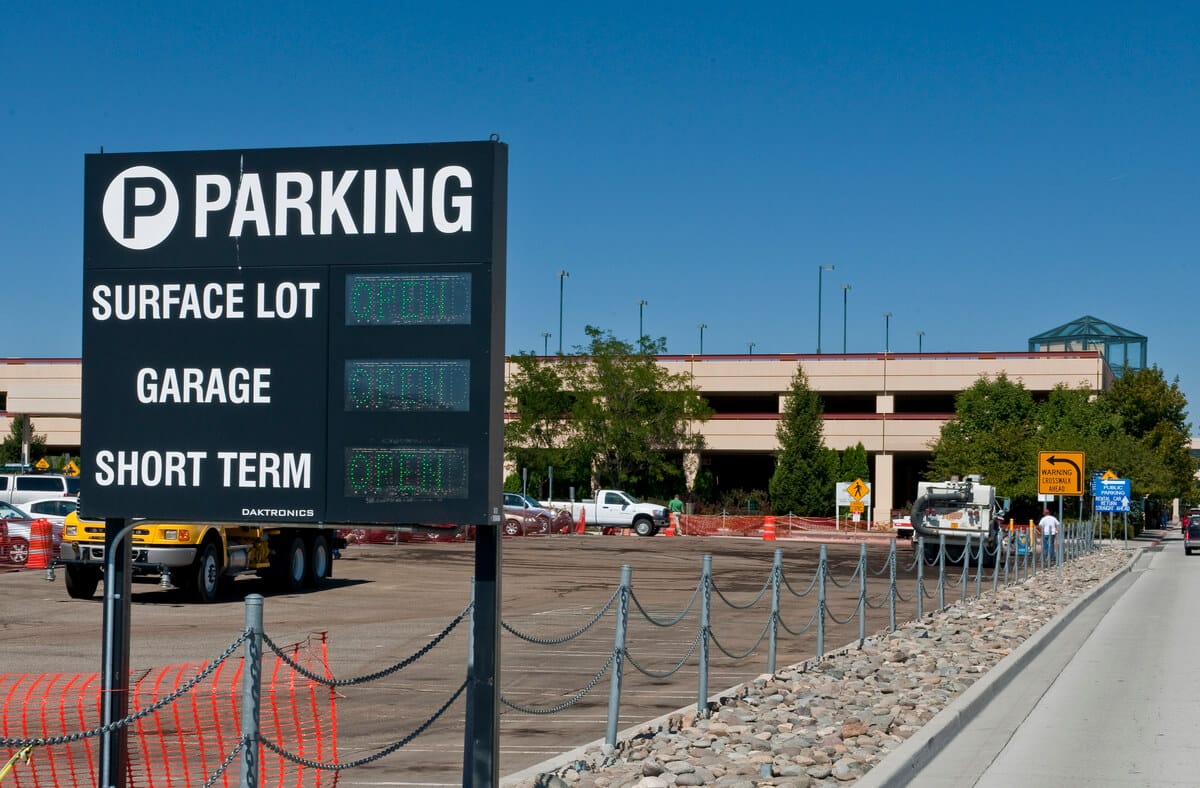- August 18, 2020
- Perspectives
Returning to Air Travel: Safety Starts Before the Terminal
Airports Prepare for Changes in Parking, Rental Car Usage, and Ridesharing


Bill Schmitz, PE
Aviation Engineer

Jerry Schwientek, PE
Aviation Engineer
One of the lessons history has taught us is how incredibly resilient, resourceful, and adaptive we are. In the last 100 years, we have seen many public health threats, including the 1918 pandemic, several flu outbreaks, and now, COVID-19. This global pandemic has radically changed our approach to travel and has shown just how flexible and strategic we can be as we plan for the return to air travel.
Airports are rapidly implementing changes across all aspects of operations—airside and landside—to improve travelers’ safety and enhance their peace of mind. As passengers gradually return to air travel, they will have increased expectations for safe and convenient transportation to and from their destinations. What trends, challenges, and potential solutions should airports consider as they adjust for pandemic-related traveler behaviors and needs? It all starts before customers even set foot in a terminal.
Airport Parking Demand
When it comes to airport parking, travelers are looking to maintain social distancing and minimize interactions with others. For this reason, it’s anticipated that close-in parking—that within walking distance to a terminal—will be the preference. Remote parking lots requiring a shuttle ride will be used less due to forced proximity to strangers, which may increase the risk of contracting the virus. Total airport parking demand is expected to increase proportionate to the ratio of enplanements.

Together, these systems can help airport operations staff monitor and enhance existing close-in parking availability and utilization, direct travelers to available parking efficiently, and decrease reliance on remote shuttling operations. Airports that utilize close-in parking well can increase revenue from existing facilities, offering travelers who prefer to spend more for closer parking an option that may improve their sense of safety.
Rental Car Usage
Rental car usage is also expected to increase proportionate to the ratio of enplanements since travelers may feel more confident in the cleanliness of the cars, which undergo detailed cleaning between users. In addition to minimizing exposure through more stringent cleaning standards, the driver can control whether to allow passengers to ride with them during the time of rental, further minimizing exposure to others who may be sick.
Although many rental car locations are close to the airport, those that require a shuttle ride may see a decrease in use for similar reasons as the shuttles serving remote parking areas. Although there are increased cleaning costs and more time is needed to prepare rental vehicles, there is customer demand for this option. If rental car prices increase as a result of this demand, travelers likely will find the cost worth it for a private option that limits potential exposure.
Taxis and Ridesharing
Ridesharing companies such as Uber and Lyft will be less in favor among airport travelers concerned about lowering their risk of exposure. Consumers may have lower confidence that drivers will be vigilant and thorough in cleaning their cars between passengers. While most taxis and ridesharing networks now require both drivers and passengers to wear masks, there is still risk of virus exposure since drivers may have been in contact with other passengers who have been exposed to the virus. Most transportation network companies (TNCs) are operated under the umbrella of larger companies and will need to implement and enforce widespread changes in driver behavior and cleaning protocols to assure passengers of their safety.
It is difficult to predict whether these behavioral changes will be temporary or permanent. It is likely that until there is a vaccine or established medical treatment protocol, airports will continue to see changes in the demand for parking, rental cars, ridesharing, and taxis. If an airport had parking or rental car congestion before the COVID-19 outbreak and planned to expand available space, now is the time to revise and implement those plans to take advantage of lower construction costs and minimize the impact to travelers and airport operations during a period of decreased travel.
To learn more about preparing for changes in airport parking demand, contact Bill Schmitz or Jerry Schwientek.
About the Authors

Bill Schmitz, PE
Bill has experience working on airport planning and implementation projects focused on airport roadway planning, curbside planning, and commercial ground transportation operations. Bill also has worked extensively with parking and rental car operations through his career. This holistic understanding of the airport system uniquely positions Bill to address airport problems with a view of how decisions impact the ground transportation system. With his diverse background, Bill is equipped to take parking and transportation projects from the planning phase through construction.

Jerry Schwientek, PE
Jerry has experience working in and around airport landside facilities. He has worked on planning complex public parking and rental car facilities including customer service, ready return, and quick turnaround facilities. Jerry’s airport work also includes public, employee, and rental car facility demand forecasting, campus roadway networks, parking functional planning, structured parking design, and revenue control systems. Jerry’s experience in structural engineering allows him to uniquely plan facilities by understanding the constraints of operations due to structure and code requirements. Jerry is known for his attention to detail, collaboration, and proactive approach for the various aspects involved in airport landside planning.
